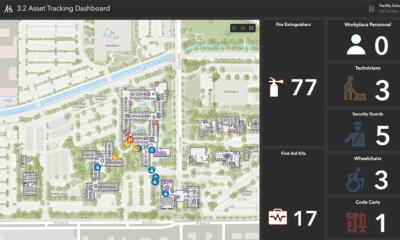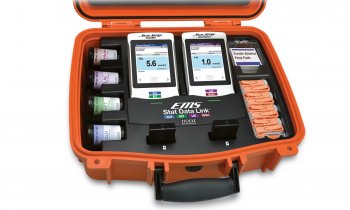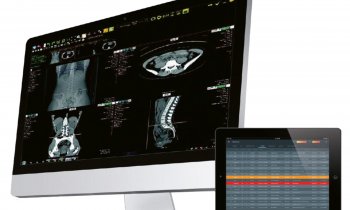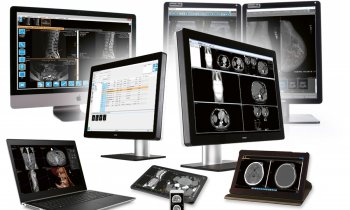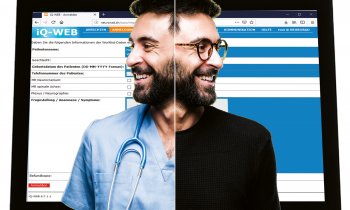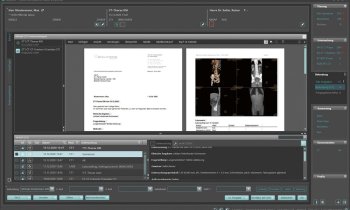What PACS integration will mean to our services
Working in conjunction with Sicily's biggest public hospital, the radiology department at The University Hospital of Palermo carries out around 100,000 examinations annually and employs 35 physicians and biologists and has over 50 students. In an interview with EH, Professor Robert Lagalla, head of the department, discussed the current installation of a PACS that will serve the central radiology department, linking with all the hospital's departments and services - a few kilometres away

At present, Professor Lagalla pointed out, there is no hospital information system (HIS), but it is under development: ‘The problem is that not all departments are connected to one system. Administration uses a different one than we do,’ he explained. ‘Basically, they use it to carry information. Ours is faster because we need to transmit images. Also, a PACS is being installed, and we will integrate all the different radiological modalities into it. (A device called PAXPORT will link single non-DICOM output modality into a DICOM network for PACS image management and archiving, for the modalities that do not have network interfaces).
‘As it is still being installed, it’s too soon to evaluate the effects of the PACS on our efficiency. However, we believe that, in a few months, the new system will improve patient care by enhancing the entire department’s workflow. Additionally, archived images will help to streamline the department’s educational and scientific activities.
Who will run the PACS, and will the staff adapt readily to the new system?
‘A team of three or four people, probably IT personnel and radiology technologists, will run the PACS in shifts. Agfa will train them and also provide support when they need help. It’s too soon to evaluate the effects of the new system on the staff, but based on the experience of other centres, we foresee that it will take 3-4 months to use the RIS and PACS systems properly. Our goal it to be high on the plateau of the learning curve within six months. Then I think the PACS will make it possible to improve the work between the biggest hospitals in Sicily, because we will be able to exchange examination results very easily - for research and study based on the same information, and probably for telemedicine.’
08.08.2006





